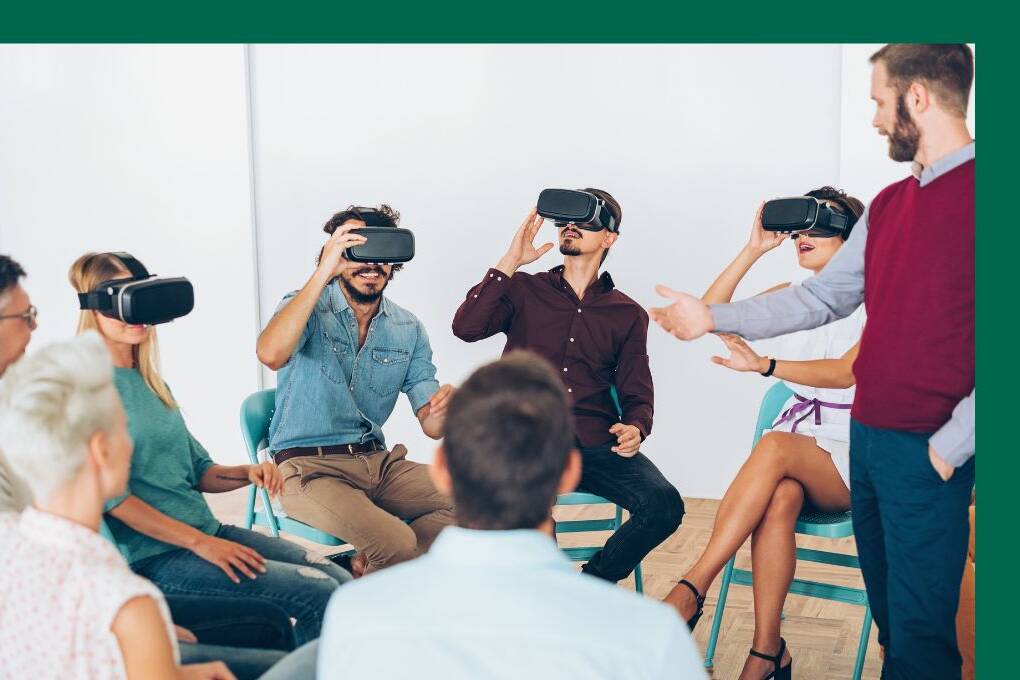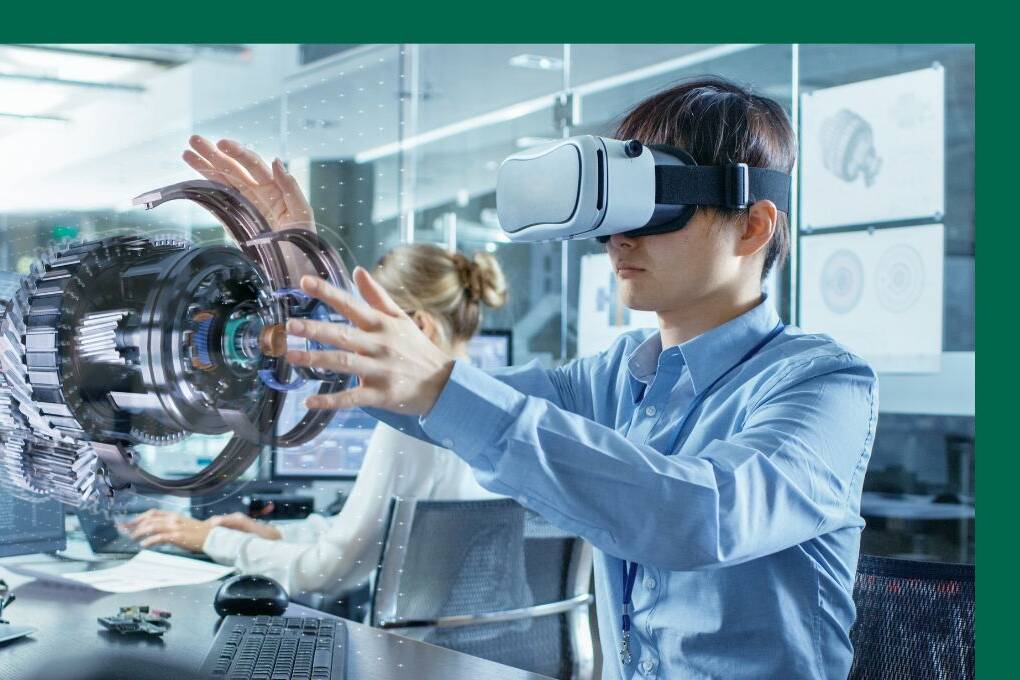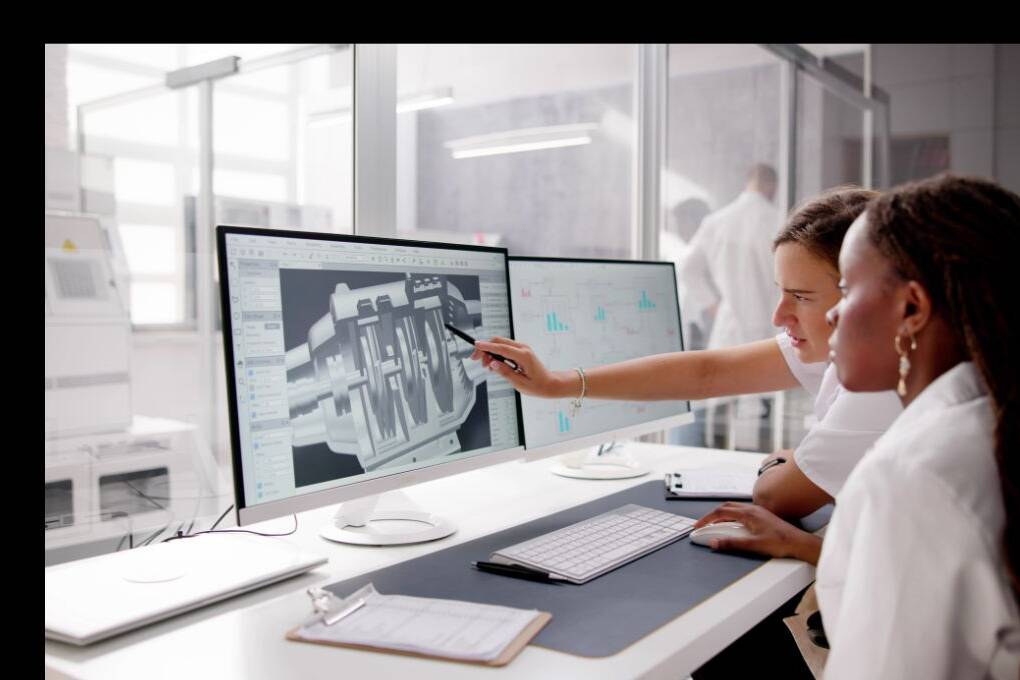At Spatio, we’ve helped leading organizations across industries go from bold vision to immersive execution, building over 100+ enterprise-grade VR training simulators over the last eight years.
And if there’s one truth we’ve learned: a VR project doesn’t fail because the tech didn’t work. It fails when the business layer wasn’t set up to support it.
So first, congratulations.
You’ve convinced your leadership team that immersive VR training is more than a moonshot. It’s a strategic investment in safety, performance, and scale.
Now comes the hard part,making it work in the real world.
Before you get into the tech stack, animation fidelity, or motion capture specs, there’s a layer of groundwork that must be laid: key business decisions that determine success or stagnation.
This guide walks you through those foundational choices.
1.Define What Success Looks Like
Don’t start with features. Start with impact.
Whether it’s reducing safety incidents, accelerating onboarding, or improving compliance audit scores, success needs a number, a timeline, and a shared understanding.
Your VR development partner can only build what you measure. At Spatio, we’ve seen that the projects with clearly defined success metrics deliver clarity at every stage, from module design to deployment strategy.
2.Involve the Right Stakeholders From Day One
The best VR rollouts are never siloed.
Loop in IT, Safety, HR, Learning & Development, and, most importantly, your frontline users. Let them be your focus group, your stress-testers, your early adopters.
Cross-functional involvement leads to real-world adoption. It reduces iteration loops and surfaces blind spots before they become blockers.
3.Choose the Right SOP to Simulate
VR is powerful, but it’s not for everything.
Avoid the trap of digitizing for the sake of it. Instead, prioritize SOPs that involve:
- Physical movement and spatial understanding
- High safety risks (to people, assets, or environment)
- Low reliance on human-machine interface (HMI) screens or text-heavy tasks
These are the sweet spots where VR creates muscle memory, risk perception, and decision-making skills that conventional training cannot replicate.
What Comes Next?
At Spatio, we treat every VR simulator as a co-built journey — one where business vision meets technical precision.
This blog focused on laying the right business foundation.
In the next part of this thought leadership series, we’ll go deeper into the technical decisions: platform choices, device compatibility, motion realism, data analytics, and how to architect a simulator that scales with your enterprise.
Because getting VR right is not just about building a simulator.
It’s about building one that works — at scale, with impact, and with buy-in across your organization.




